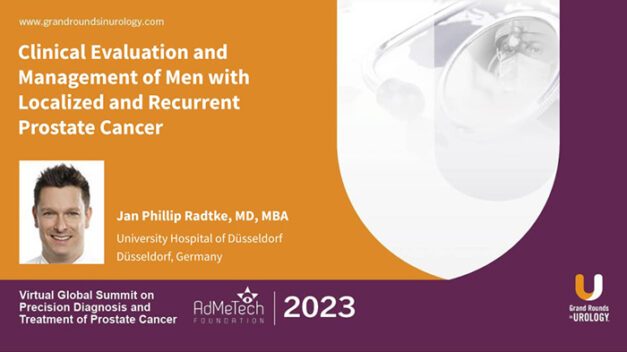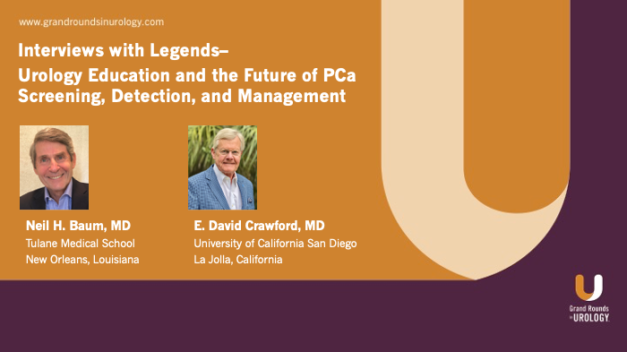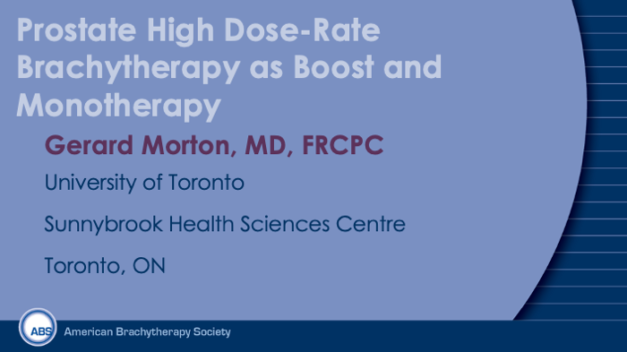Clinical Evaluation and Management of Men with Localized and Recurrent Prostate Cancer
Jan Philipp Radtke, MD, MBA, addresses the clinical evaluation and management of men with localized and recurrent prostate cancer, emphasizing a comprehensive and personalized approach to treatment.
Dr. Radtke discusses how advanced imaging techniques, such as multiparametric MRI (mpMRI) and PET imaging (e.g., PSMA-PET), provide detailed anatomical and functional information. He also addresses management strategies for recurrent prostate cancer including salvage radiation therapy, salvage surgery (e.g., radical prostatectomy), systemic therapies such as androgen deprivation therapy (ADT), or novel targeted therapies.
Dr. Radtke emphasizes the importance of multidisciplinary collaboration in managing complex cases of prostate cancer. Collaboration among urologists, radiation oncologists, medical oncologists, and imaging specialists ensures a coordinated approach to treatment planning and monitoring. Regular monitoring through PSA tests and imaging assessments allows for early detection of treatment response or disease progression, enabling timely adjustments to therapeutic strategies.
Read More







